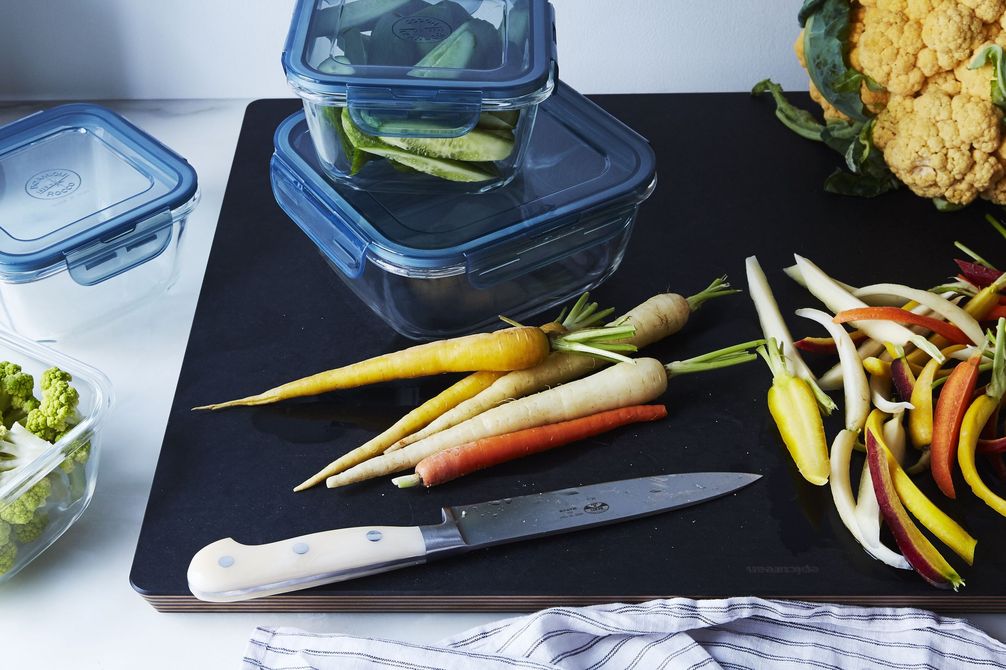This post originally appeared in Cooking with Scraps on Food52.
My new cookbook, Secrets of Great Second Meals, is based on the principle that leftovers can be a springboard for more inventive and confident cooking in your life. If you learn to be truly comfortable working with leftovers, you can save time (on both shopping and prepping), money (by not throwing out so much food), and also reduce your carbon footprint (less wasted water, carbon, and landfill).
But most of all, reframing leftovers gives you a very particular kind of kitchen pleasure: a little sunny self-congratulation in part for being less wasteful, but also for being clever enough to find just the right way to reframe the food that is already sitting in the fridge. That last portion of cooked salmon can easily become rillettes or fish cakes the next day. Extra rice from your takeout could make gingery fried rice or a sunshine-yellow saffron rice pudding. Secrets of Great Second Meals is full of recipes that can handle a lot of variations, depending on what is on hand in your refrigerator.
The key to being a successful leftover cook is to use things while they are still vibrant and delicious. It’s great to be conservative with the food you have on hand, but if you make too many meals from food past its prime, you’ll stop wanting to cook at all. So here, excerpted from my book, are my very rough rules for when you should throw things out.
- Fish and seafood need to be eaten soon after cooking. Unless they are preserved in salt, oil, or vinegar, I rarely let them go more than a day.
- Cooked meats can make it a little longer; three days should be fine. If you cooked your meat in a brothy or saucy environment, you might want to think about freezing extras instead of saving them in the fridge.
- Slightly wilted greens and less-than-firm root vegetables are just fine for cooking! Liquefying vegetables are not.
- Cooked root vegetables and braised greens are generally good for three to five days.
- Vinaigrettes are okay for three to five days in the fridge, though you want to strain out any old shallots or onions and goose the vinaigrette with a little bit of extra citrus juice or vinegar when you use it again.
- Most surface mold can be trimmed off aged cheeses, but reddish mold on a white, bloomy rinded cheese, such as Brie, isn’t good. If cheese is harder than is pleasant, consider grating it and using it in cooking. But if your cheese tastes strongly of ammonia, toss it — unless you are French; then you may not mind.
- Some things last a week or two in the fridge after opening, like tomato sauce or yogurt, but if your tomato sauce or dairy product has been open long enough to mold over, toss it.
- Reheat only what you will eat in a sitting: Too many passages from cold to hot to cold again can foster food-borne illnesses.
- Your freezer is not a tomb. Try to use frozen foods within six months of freezing.
These rules don’t work on their own: They should be combined with your own powers of observation. It’s all part of being in tune with the rhythms of your kitchen! Look at food to see if it’s irreparably dried out. Smell food for off odors, or taste a tiny bit (this, I’m sure, is not a practice of which the USDA approves, but something that I have done for my entire cooking life — here are the agency’s helpful but conservative-to-me guidelines to handling leftovers).
For more inspiration, check out these recipes, and this leftover tip guide from Food52.




